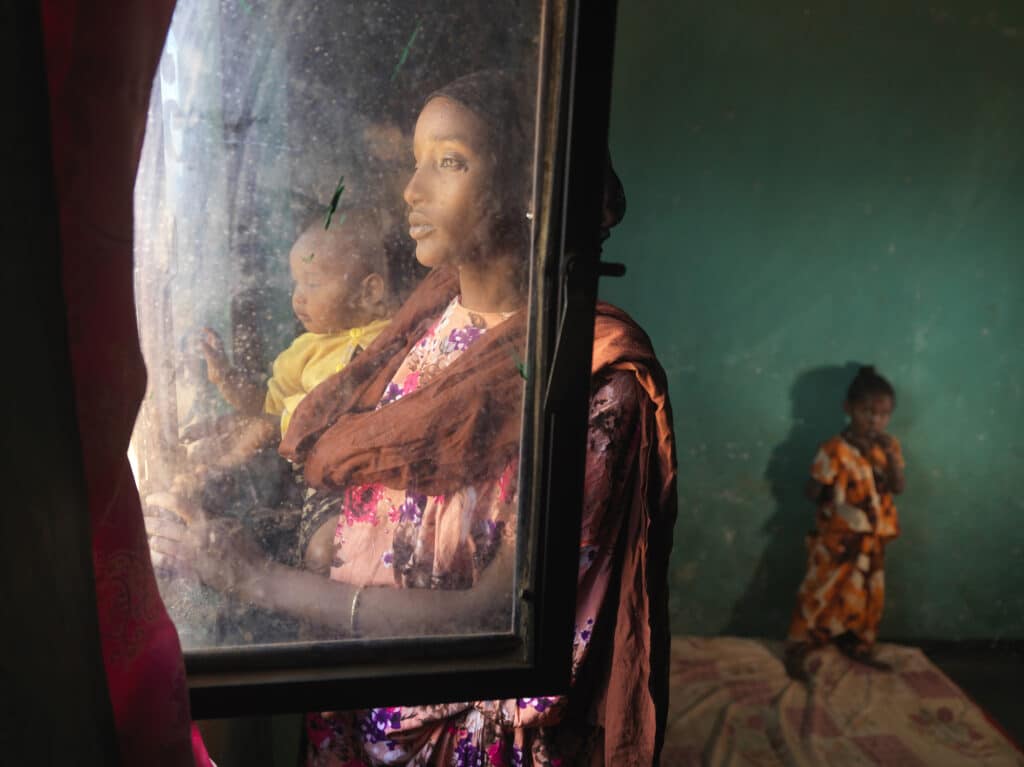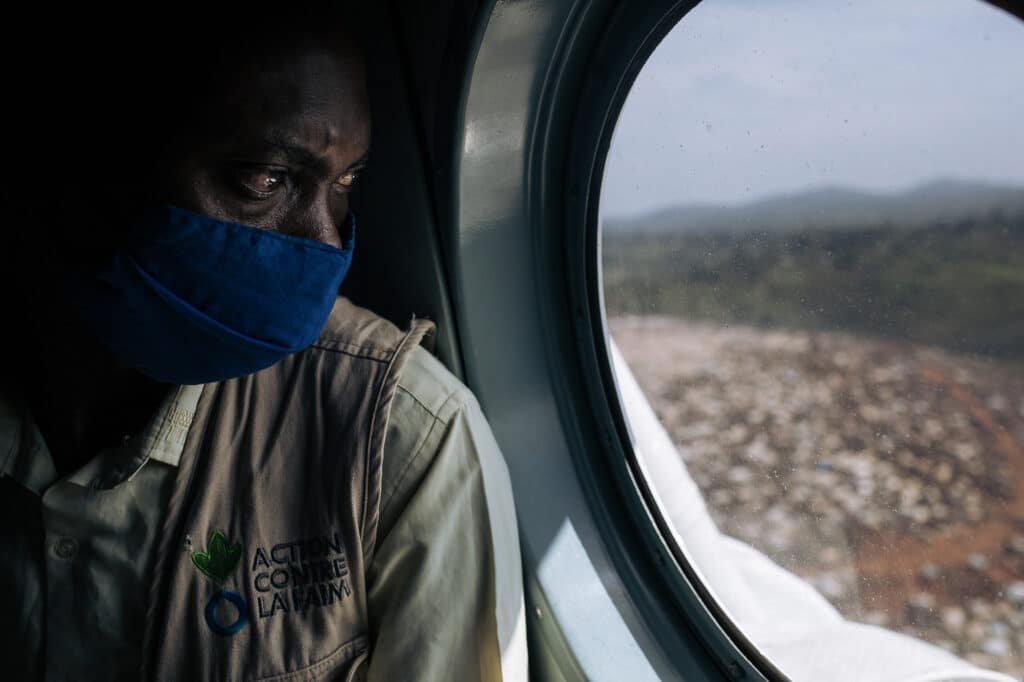Until August 31, 2024, Action Against Hunger is inviting photographers, videographers, cartoonists and content creators to take part in the second edition of its Multimedia Grant for a New Humanitarian Perspective.
This grant, worth 10 000 euros, is intended to be a place for the exploration of new narrative and iconographic processes. It invites participants to come up with innovative writing and original and unexpected ways of presenting their work and to contribute to the development of iconographic language in the humanitarian field.
Blind spoke to Giulietta Palumbo, Editorial Director at Magnum Photos and member of the jury.
What motivated you to join the jury for Action Against Hunger‘s New Humanitarian Vision Grant?
Magnum Photos and Action Against Hunger share a common mission of awareness-raising and social commitment, in a context of crisis that affects the most vulnerable populations. Magnum Photos, as a documentary photography agency, works to question the present and the future through photographic reporting. Action Against Hunger, as an NGO, carries out actions in the field. Photographers and humanitarians often find themselves in the same field, side by side, with the means each possesses to try to change things. But humanitarian photography needs a change. We are too anesthetized by images of crises, and too suspicious of all the imagery that is created today without control or conscience. In this context, support for new, independent, long-term documentary productions is key.
Participating in this jury makes it possible to support documentary work that sheds light on crucial humanitarian issues, in a different, sincere and more impactful way. It’s a grant for a new humanitarian outlook, and this novelty is necessary. Crises are multiplying nowadays, while the commitment of those who receive the news about them is diminishing. I firmly believe that photography has a fundamental role to play in this failure of commitment on the part of the well-off to help the weak.

Does Magnum Photos have a particular role to play in this?
Not in the Grant per se. But Magnum Photos plays an important role in using the power of photography to document, raise awareness and influence humanitarian action. Its commitment to truth, ethics and innovation makes the agency a key player in the field of documentary photography, capable of making a significant difference to the way human stories are told and perceived.
Could you sum up what you stand for in your day-to-day work?
In a nutshell, my job at Magnum is to defend and promote quality documentary photography that is both aesthetically powerful and socially engaged, while supporting photographers and ensuring ethical and responsible practices. I work between photographers and partners.
The Grant is designed to be a place for exploring new narrative and iconographic processes. How have you seen visual storytelling evolve in recent years?
In recent years, the way visual stories are told has evolved considerably, influenced by technological advances, cultural changes and new public expectations.
This is nothing new: the last two generations have seen platforms like Instagram, Facebook, and TikTok revolutionize the dissemination of visual stories, enabling instant distribution to a global audience. Photographers and journalists use these platforms to share their work in real time and interact directly with the public. The last decade has also seen the arrival of virtual reality (VR), augmented reality (AR) and 360-degree video, technologies that offer new ways of telling stories by breaking down the traditional boundaries of photography. Visual storytelling is becoming increasingly collaborative, with greater participation from photographed subjects and communities. This participatory approach gives a voice to the people photographed and enriches the narrative by including their perspectives and experiences.
Multimedia has necessarily become transmedia; it’s rare today to see a story told with simplicity. Doing so has become a courageous act. The narrative, the technique, this need for transmedia, seems to be more important than the story itself. Photography seems weakened in this universe governed by new ways of telling stories.
Why is it important to apply for this grant?
It’s a valuable opportunity for photographers. It allows them to realize ambitious projects, to be free to innovate in their storytelling approaches, while having a goal: to make an impact and contribute to humanitarian causes.

Why is humanitarian work or humanitarian action important today?
Humanitarian work has always been, and always will be, a key action in all modern societies to support the common good.
How would you define a good humanitarian image?
A humanitarian image is by definition a militant image. In our Western visual culture, a humanitarian image is one that aims to raise awareness of a subject. Humanitarianism often crosses the path of journalism, but it is not journalism. It’s very important to emphasize this point: journalists try – or should try – to be the first impartial witnesses to the story. The humanitarian image, on the other hand, bears witness but takes sides.
A good humanitarian image must take the time to tell a story, to question what is left out of the picture. Today, we can no longer let an image illustrating a humanitarian act impose a truth by its mere existence. It has to be able to develop that truth.
For more information on Action Against Hunger’s Multimedia Grant for a New Humanitarian Look, click on this link.
To apply, fill in the form available on this link.
The call for applications is open from May 31, 2024 to August 31, 2024 at midnight.
Grant calendar:
- May 31 to August 31, 2024: call for applications
- September 1 to September 18, 2024: selection of finalists
- September 25 to October 15, 2024: interviews with shortlisted candidates
- October 2024: announcement of results
- October 2025: exhibition of completed work

